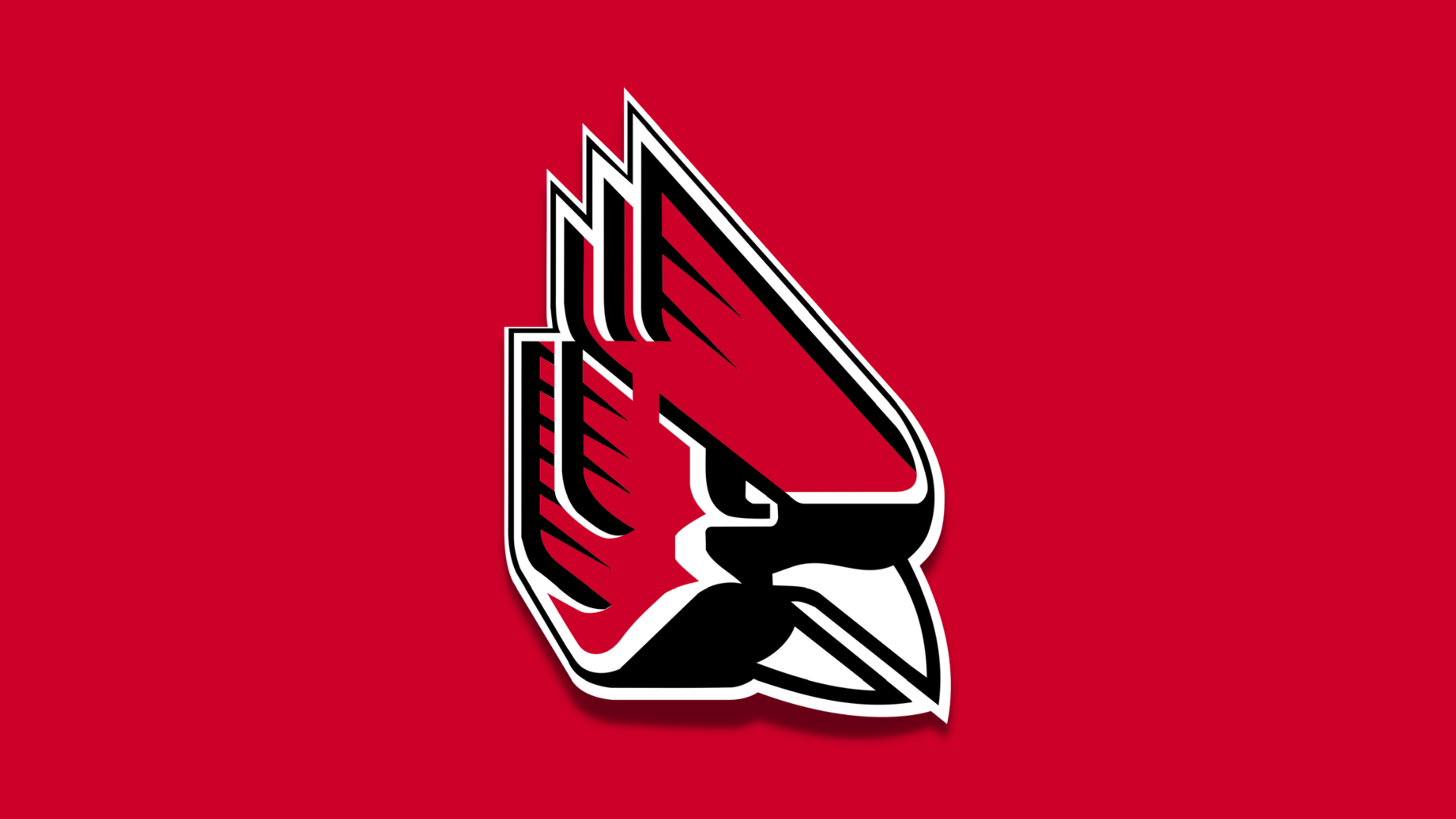Despite the takeover rumours, I don't want anything to do with this FTSE 250 stock
(LSE:ASC) is a stock that’s been attracting a lot of interest lately. That’s because the online retailer’s two largest shareholders have both decided to increase their stakes.
On 17 March, Anders Holch Povlsen, and his father, Troels Holch Povlsen, increased their combined interest from 27.1% to 28%.
Two days later, raised its shareholding from 24.21% to 25.1%.
Both are now close to owning 30% of the company. Once this threshold is reached, City rules require an offer to be made for all of the remaining shares.
The intention of both parties is unclear. However, inevitably it’s led to speculation that a takeover bid is imminent.
During the week ended 21 March, this helped the group’s shares soar 20.7%. This was a welcome relief for long-suffering shareholders. Since March 2020, the value of the company’s stock has fallen 73%.
Frasers has a history of buying businesses that are struggling. Whether ASOS meets this definition is a matter of opinion. But the owner of Sports Direct has been steadily increasing its stake over the past three years or so, although it tends not to launch hostile takeovers.
I suspect the Povlsen family is contemplating taking the business private, believing that investors are undervaluing the true value of the group. However, looking at the recent performance of the business, I disagree.
During the 52 weeks ended 1 September 2024 (FY24), ASOS reported a loss after tax of £338.7m. Despite this, it has a current (26 March) market cap of £365m.
Yet the company’s most recent trading update was positive. For the first half of FY25, it’s expecting a “significant improvement” in profitability. It’s forecasting adjusted EBITDA (earnings before interest, tax, depreciation and amortisation) of around £34m.
But ASOS has a lot of interest, depreciation, amortisation and impairment charges. In FY24, these totalled £340m. So even if the group has a positive EBITDA, it’s still a long way from being profitable at a post-tax level. And these costs are important. Depreciation and amortisation are non-cash items but the assets to which they relate are going to have to be replaced at some point in the future.
Despite its woes, I believe ASOS is going in the right direction. It’s now focusing more on its bottom line than revenue.
Its ‘Test & React’ business model appears to be working. This seeks to get new products on its website within a few weeks, placing orders in small batches and then using data-led forecasting to determine how much to reorder. This encourages the “fashion-loving 20-somethings” (its core market) to keep coming back for more.











